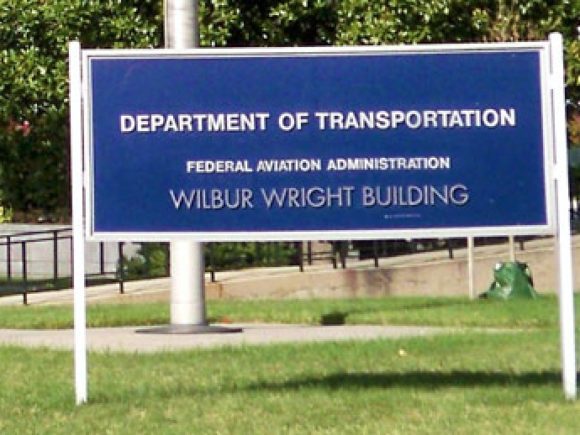The LEAP engine from CFM International is progressing in its initial ground testing, and will culminate in engine certification in 2015 and entry into commercial service in 2016. The first leap engine was fired-up on September 4th, and the engine has now reached full power in ground testing at GE’s Peebes, Ohio outdoor test facility. The engine test program will encompass all three LEAP variants, with 28 flight test engines and 32 flight test engines for Airbus, Boeing and COMAC. Chaker Chahrour, Executive VP of CFM said “in the past five years, we have completed thousands of hours of component testing. Now we get to put it through its paces in the most comprehensive test program we have ever undertaken.” Over the next three years, it is expected that the test engines will accumulate 18,000 cycles and near 40,000 hours of operation.
The engine test program will encompass all three LEAP variants, with 28 flight test engines and 32 flight test engines for Airbus, Boeing and COMAC. Chaker Chahrour, Executive VP of CFM said “in the past five years, we have completed thousands of hours of component testing. Now we get to put it through its paces in the most comprehensive test program we have ever undertaken.” Over the next three years, it is expected that the test engines will accumulate 18,000 cycles and near 40,000 hours of operation.
The LEAP will enter service with the Airbus A320neo family, and has also been selected for the Boeing 737MAX and COMAC C-919. It competes with the Pratt & Whitney GTF on the Airbus A320 family, and our current count shows a very slight lead, with 801 aircraft selecting LEAP versus 779 selecting GTF. But with 800 undecided of the 2,380 orders for the A320neo family to date, it is premature to declare either engine the winner in the order race for the program in which the engines compete head to head.


This is an art that the engine manufacturers have perfected in recent years by adjusting pricing to account for any variations in performance between competing engines, and make decisions difficult for airlines by basically making the economics between two engines virtually identical. With decisions for 800 aircraft still undecided, it appears they are succeeding in that regard.




